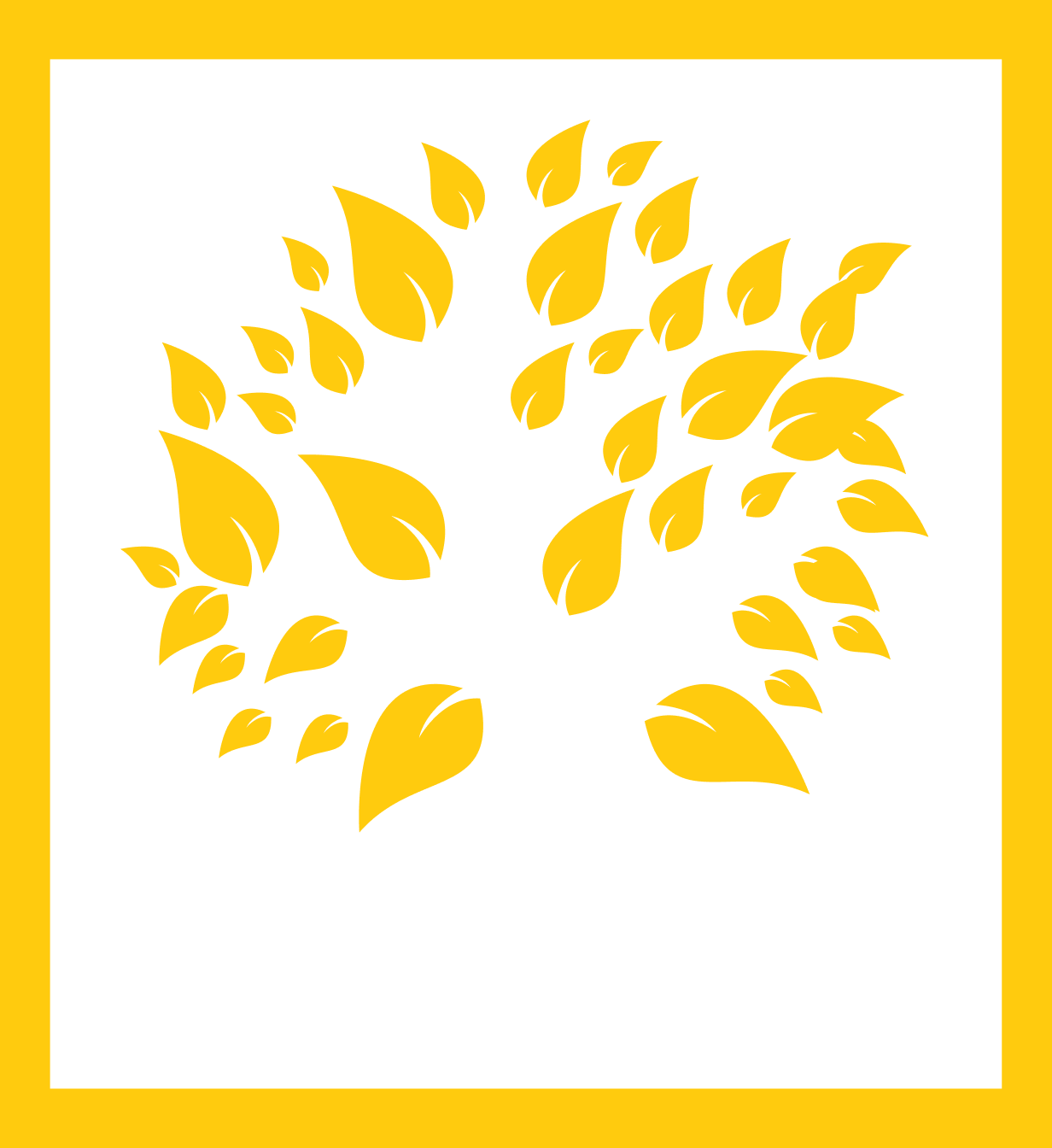Women in Politics
It is no wonder that Pakistan ranks 178th on Gender Development Index out of 181 countries. As per the statistics provided by the International Organization of Parliaments (IPU), a worldwide organization of parliamentary bodies, Pakistan is positioned at 112th place regarding the proportion of women representation in its national parliamentary assembly.
Although, there exists no gender-based differentiation in the Constitution of Pakistan, female parliamentarians face a different political reality. The representation of women in Pakistan’s parliament currently stands at a mere 21 percent. The National Assembly comprises 342 members, with a female representation of approximately 3%, excluding reserved seats. It is worth noting that there are 60 seats reserved for women.
Article 25 of the fundamental rights chapter of the Constitution, emphasizes on women equality. In 1988, Pakistan became the first Muslim nation governed by a female Prime Minister, Benazir Bhutto. After Zulfiqar Ali Bhutto’s administration instituted improvements for women, the proportion of women in parliament increased progressively from 1977 to 2008. Under former president Pervez Musharraf, the assemblies designated sixty seats for women, encouraging an increase in the number of women elected as candidates.
The Election Act of 2017 is another historic measure to increase women’s representation in legislative assemblies. The act requiring all parties to grant at least 5% of their party tickets to female candidates; was a tremendously helpful measure to encourage women’s political participation in the country. Under its 2017 act, the Election Commission of Pakistan is now authorized to declare results invalid in constituencies with less than 10% female voter turnout. The Election Commission of Pakistan has made it mandatory for each province to appoint at least one female district election commissioner, which is a crucial measure.
CREDP envisions that women in Pakistan should have the same opportunities as males to enter in politics. It is because women make up 48.5% of the overall population, and the state can only operate appropriately if it equally engages women in the legislation. Despite the remarkable numbers of women in the politics, they still need to overcome hurdles to the enter that their male peers do not. Even though women make up half of the population, they are often devalued and marginalized in every aspect of society. Increased participation of women in political affairs will lead to more women-centric legislation that considers their needs, rights, interests and lived realities.
LATEST
UPDATES

Empowering Pakistan’s Future: The Importance of Girls’ Education
Despite some progress, Pakistan still faces significant challenges in ensuring equal access to quality education for girls.
LATEST PUBLICATIONS

Empowering Pakistan’s Future: The Importance of Girls’ Education
Despite some progress, Pakistan still faces significant challenges in ensuring equal access to quality education for girls.
LATEST PUBLICATIONS

Evolution of Women’s Political Expression in Pakistan
As women continue to break barriers, their political expression will play a pivotal role in shaping Pakistan’s future.

